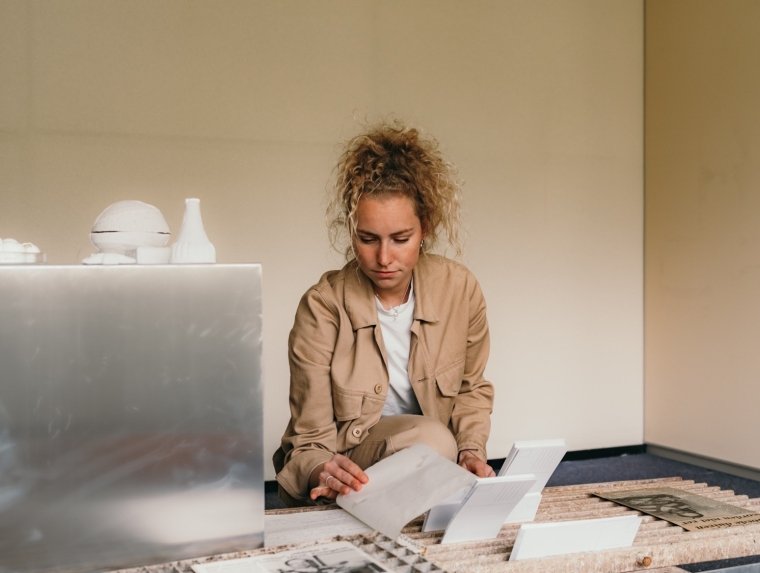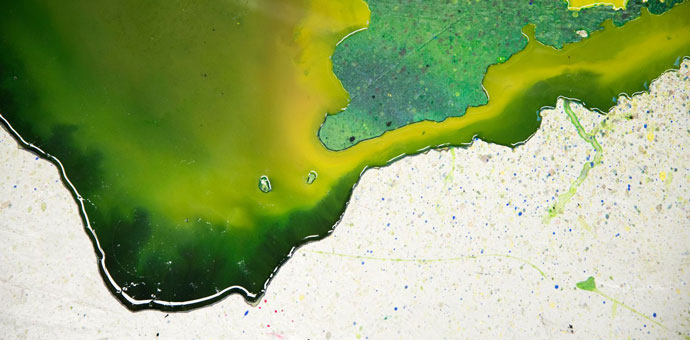Isabel’s research is about the professional prospects for Generation Z in the art world. In part, it was prompted by her own quest to find a course that suited her. “I wanted to go to art school, but I didn't yet know what course I wanted to choose. When choosing the Fine Art & Design in Education course, my plan was not to become a teacher. The course prepares you for much more than just teaching, but at the moment, secondary school pupils aren’t really aware of all the things they could go on to do within the art world. They can picture being a fashion designer, photographer or artist, but what a textile designer or museum employee does is unknown territory to them."
Generation Z
Like her pupils, Isabel belongs to Generation Z. “My year of birth lies roughly at the start of that generation". The fact that I had the same questions that they do now made for a connection during my research. What potential disciplines are there within art, what characterises the artist and what do Generation Z need to make it as artists? I brought together answers and information around these questions in my thesis."
Making others enthusiastic
Alongside a passion for making, getting others enthusiastic about art is an important priority on the course. And there are lots of places you can do that other than just schools. For instance, Isabel did internships at FOAM Amsterdam and Museum Arnhem: “On the course, there is a lot of focus on what you are communicating and what your perspective on that is. It was great to be able to address that question in projects in the museum world."
Contrary to her own expectations, Isabel is now an enthusiastic class teacher. “For my fourth year internship, my lecturer suggested I try the Eligant Lyceum in Zutphen, where she also works. The school has only been in existence for a few years, which meant there was still room to shape how the education was delivered there. I was given my own class for a year, my own pupils to coach and I was able to share ideas with my supervisor. That combination worked out really well; now I have graduated, I'm going to be working there four days a week."
Continuing to develop artistry
Alongside teaching, Isabel wants to continue to develop her own artistic practice in her own studio. At the graduation exhibition, she presented her graduation project, in which she demonstrates how broadly she has developed. “My father is a pigeon fancier and my grandpa was too. I didn't understand it, I thought, ‘What's the deal with the pigeons?’ I decided to explore their passion for a year, with the help of archive research, and to investigate how I could personally translate that subject into a work of art. I had pigeons flying around with little cameras strapped to their chests. Using stills from those images, I made postcards which tell the story of the birds’ former role in the pigeon post. I continue to make postcards for this project. In the pigeon loft I found eggshells, which I used to make a new material. I poured that material into a mould and eventually turned it into nesting boxes. Now the pigeons are nesting in the shells of their ancestors."
Just as Isabel aims to use her thesis to highlight opportunities within the art world, she hopes to inspire others with her graduation project about translating a personal subject as an artist. “I ask my pupils to work in the same way that I work as an artist. I always set out with an inquisitive attitude. So I encourage them to do research and to be innovative and curious. I have had the opportunity to develop broadly and I would like to help others do the same. As such, my art translates directly to my work as a teacher."

